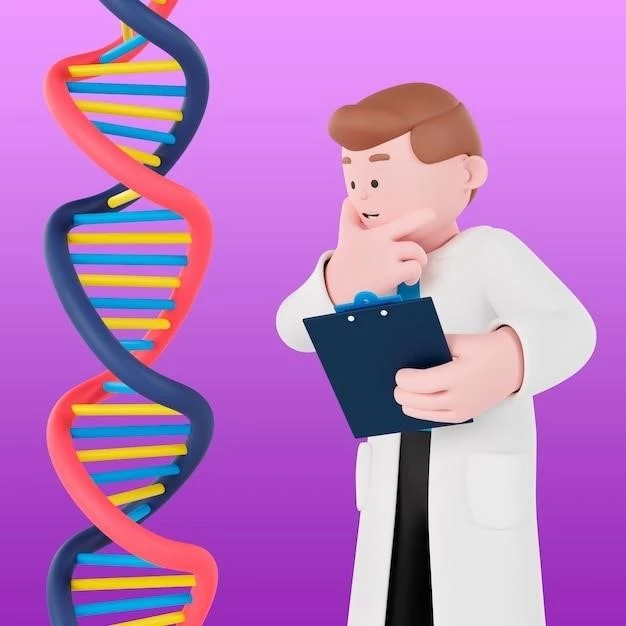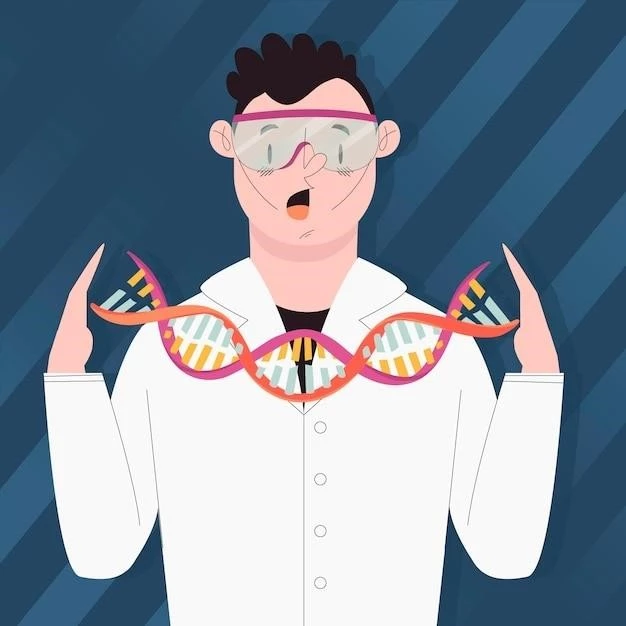Introduction
″Mental retardation unusual facies talipes hand anomalies″ is a complex condition involving diverse symptoms and distinct facial features that characterize the syndrome.
C Syndrome
C syndrome, also known as Opitz trigonocephaly syndrome (OTCS), is a rare and heterogeneous malformation syndrome characterized by trigonocephaly, variable mental retardation, hypotonia, variable cardiac defects, redundant skin, and dysmorphic facial features. Some features include upslanted palpebral fissures, epicanthal folds, depressed nasal bridge, and low-set, posteriorly rotated ears.
Kabuki Make-Up Syndrome
Kabuki make-up syndrome (KMS) is a congenital mental retardation syndrome characterized by typical facial features including long palpebral fissures, arched eyebrows, prominent eye lashes, broad nasal tip, large earlobes, and a cleft high-arched palate. This syndrome is genetically heterogeneous and often associated with postnatal dwarfism, skeletal abnormalities, and cardiac anomalies. It is crucial to diagnose and treat individuals with KMS promptly to manage possible developmental delays and address additional health concerns.
Symptoms
The list of signs and symptoms includes short fingers, small ears, long upper lip groove, clubfoot, short nose, short neck, premature birth, small penis, small jaw, feeding problems, cleft hard palate, abnormal dermatoglyphics, dislocated hip, and duodenal atresia.
List of Symptoms
Inconsistent abnormalities in individuals with the condition include epicanthal folds, cleft or high-arched palate, widely spaced teeth, low occipital hairline, scoliosis, dislocation of the hip, clubfoot, short neck, small ears, premature birth, small penis, small jaw, feeding problems, abnormal dermatoglyphics, and duodenal atresia.
Distinct Syndrome Description
A distinct syndrome associated with mental and motor retardation, microcephaly, a small oval face with almond-shaped eyes and a small downturned mouth, along with minor acral skeletal anomalies, short stature, and a characteristic facial appearance involving sparse lateral eyebrows, long palpebral fissures, and low set ears, has been identified in a single family across three generations. The syndrome presents a unique pattern of malformations, highlighting the complexity of genetic anomalies within families.
Genetic Overlaps
Genetic overlaps of the condition with Opitz trigonocephaly syndrome and Kabuki Make-Up syndrome highlight the intricate relationship between distinct genetic anomalies and associated symptoms.
Opitz Trigonocephaly Phenotype
In addition to trigonocephaly, the Opitz trigonocephaly phenotype is characterized by the distinctive presence of unusual facies, wide alveolar ridges, multiple buccal frenula, limb defects, visceral anomalies, redundant skin, psychomotor retardation, and hypotonia. The overlap with C syndrome highlights the complexity of genetic manifestations and associated symptoms.
Bohring-Opitz Syndrome
Bohring-Opitz syndrome is characterized by mutations in ASXL1, trigonocephaly, remarkable facies, limb defects, wide alveolar ridges, multiple buccal frenula, visceral anomalies, redundant skin, psychomotor retardation, and hypotonia. The phenotypic overlap with C syndrome and Opitz trigonocephaly syndrome underscores the intricate interplay between gene mutations and the resulting clinical manifestations.
KBG Syndrome and Tsukahara Syndrome are rare conditions with distinct genetic and clinical characteristics, impacting individuals’ physical and cognitive development differently.
KBG Syndrome
KBG syndrome is a rare disorder characterized by unique facial features, skeletal abnormalities, intellectual disability, large upper front teeth, delayed bone age, behavioral or emotional problems, developmental delays, and additional features like hearing loss, seizures, and heart defects. It represents initials from the first diagnosed families, showcasing a complex array of clinical manifestations.

Specific Syndromes
KBG Syndrome and Tsukahara Syndrome are rare disorders with unique genetic and clinical characteristics, affecting individuals in distinct ways.

Diagnosis and Treatment
The diagnostic process for individuals with Mental retardation unusual facies talipes hand anomalies involves thorough evaluation of physical and cognitive symptoms to create a personalized treatment approach aiming to address each unique aspect of the condition.
Diagnostic Process
The diagnostic process for individuals with Mental retardation unusual facies talipes hand anomalies involves a comprehensive examination of physical attributes, genetic testing, imaging studies, and developmental assessments to accurately identify the underlying cause of the condition and tailor appropriate treatment strategies.
Treatment Approaches
Various treatment approaches for individuals with Mental retardation unusual facies talipes hand anomalies may include multidisciplinary care involving speech therapy, physical therapy, occupational therapy, orthopedic procedures, corrective surgeries, early intervention programs, educational support, and ongoing medical monitoring to manage the diverse needs associated with the condition.
Medical Specialists
Medical care for individuals with Mental retardation unusual facies talipes hand anomalies may involve the expertise of Pediatric Neurology Specialists and Neurodevelopmental Disabilities Specialists.
Pediatric Neurology Specialist
Consulting a Pediatric Neurology Specialist is key in addressing the neurological aspects of Mental retardation unusual facies talipes hand anomalies and tailoring treatment strategies based on individual needs.
Neurodevelopmental Disabilities Specialist
Seeking consultation with a Neurodevelopmental Disabilities Specialist is crucial for addressing the cognitive and developmental aspects of individuals affected by Mental retardation unusual facies talipes hand anomalies. This specialist offers tailored interventions and therapies to enhance overall quality of life and functional abilities.
Case Studies
Today, on rare disease information sites, detailed individual cases are highlighted to provide insights into the complexities of mental retardation unusual facies talipes hand anomalies.
27-Month-Old Girl Case
The case of a 27-month-old girl with mental and motor retardation, frontal bossing, sparse lateral eyebrows, long palpebral fissures, and additional facial features is documented to contribute valuable insights into the complexities of Mental retardation unusual facies talipes hand anomalies.
Unique Malformation Pattern Case
A provisionally unique pattern of malformations described in a female includes low intelligence, short stature, brachydactyly type A1, and distinct facial features, contributing valuable insights into the syndrome of Mental retardation unusual facies talipes hand anomalies.
Alpha-Thalassemia X-Linked Intellectual Disability Syndrome and Macrocephaly Mental Retardation Facial Dysmorphism are two distinctive conditions associated with unique clinical and genetic manifestations.
Associated Syndromes
The Alpha-Thalassemia X-Linked Intellectual Disability Syndrome and Macrocephaly Mental Retardation Facial Dysmorphism are distinctive syndromes each characterized by unique genetic and clinical manifestations, impacting individuals in various ways.
Macrocephaly Mental Retardation Facial Dysmorphism
Macrocephaly Mental Retardation Facial Dysmorphism is characterized by a large head, cognitive impairments, and distinctive facial features, indicating a complex interplay of genetic factors.
Additional Features
Individuals with Mental retardation unusual facies talipes hand anomalies may experience various behavioral and emotional problems in addition to less common features like hearing loss and seizures.
Behavioral and Emotional Problems
Individuals with Mental retardation unusual facies talipes hand anomalies may experience behavioral and emotional problems, such as hyperactivity, anxiety, and autism spectrum disorder, affecting their overall well-being and social interactions. These challenges require specific interventions and support to address the complex emotional needs of affected individuals.
Less Common Features
Less common features associated with Mental retardation unusual facies talipes hand anomalies may include hearing loss, seizures, and heart defects, indicating the multifaceted nature of the condition and the diverse range of potential challenges individuals may face.
Feedback and Information Resources
For comprehensive information and support regarding Mental retardation unusual facies talipes hand anomalies, the Rare Disease InfoHub offers valuable insights and resources, while seeking professional healthcare advice can provide personalized guidance and assistance.
Rare Disease InfoHub
This information is from the Internet⁚ Behavioral and emotional problems such as hyperactivity, anxiety, and autism spectrum disorder can affect individuals with mental retardation unusual facies talipes hand anomalies, requiring specific interventions and support. Additionally, less common features like hearing loss, seizures, and heart defects can contribute to the complexity of the condition. Always seek professional healthcare advice for personalized guidance and diagnosis.
Professional Healthcare Advice
Seeking guidance from a healthcare professional is paramount for individuals affected by Mental retardation unusual facies talipes hand anomalies. Professionals can offer personalized care strategies, treatment recommendations, and diagnostic insights to address the diverse challenges associated with the condition.
